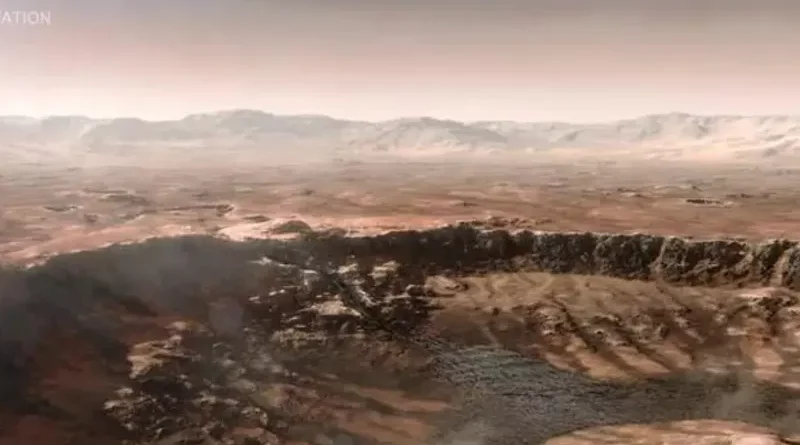Nasa’s Perseverance rover unravels evidence of ancient lake on Mars
As it marked 1,000 days on Mars, Nasa’s Perseverance rover unveiled fresh data about a giant crater which may help researchers and astronomers understand more about the period when water was present on the planet.
The mission of Perseverance, which touched down on Mars in February 2021, includes investigating the Jezero Crater to gather samples of rock and regolith to be returned to Earth, as well as searching for indications of ancient life, CBS News reported.
According to Nasa, the crater is believed to have once been flooded with water and was home to a river delta, suggesting microbial life may have existed in its 3.5-billion-year history.
Nasa also said that the rover’s exploration has provided a detailed timeline of the structure’s formation, revealing three major periods after water entered.
Fine-grained sand and mud, known to have preserved fossilised life in conditions similar to those on Earth, entered the crater during the first period.
In the following period, sedimentary layers were created as the crater’s lake expanded to a depth of 100 feet and a width of 22 miles. Lastly, “high-energy rivers” dragged rounded boulders through the water, resulting in the third and final stage.
Nasa reported that the Perseverance observed proof of each of these stages.
The first stage was observed at an area known as Hogwallow Flats, where the rover collected sedimentary rocks and in 2022 sent back images that Nasa said were the most detailed view ever returned from the surface of Mars.
The evolution of the crater’s data and its water patterns in the area helps Perseverance with its search for signs of ancient microbial life.
Additionally, as the rover characterises Mars’ geology, it learns about the planet’s past climate and works to “pave the way for human exploration of the Red Planet,” Nasa said.

